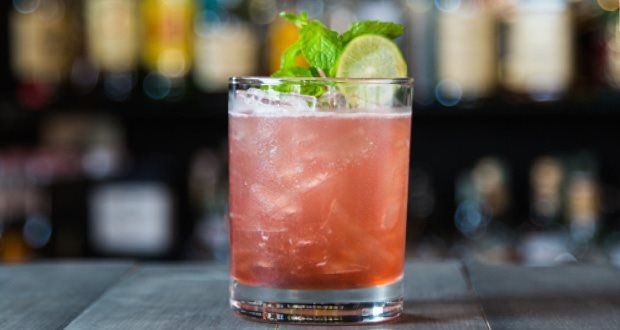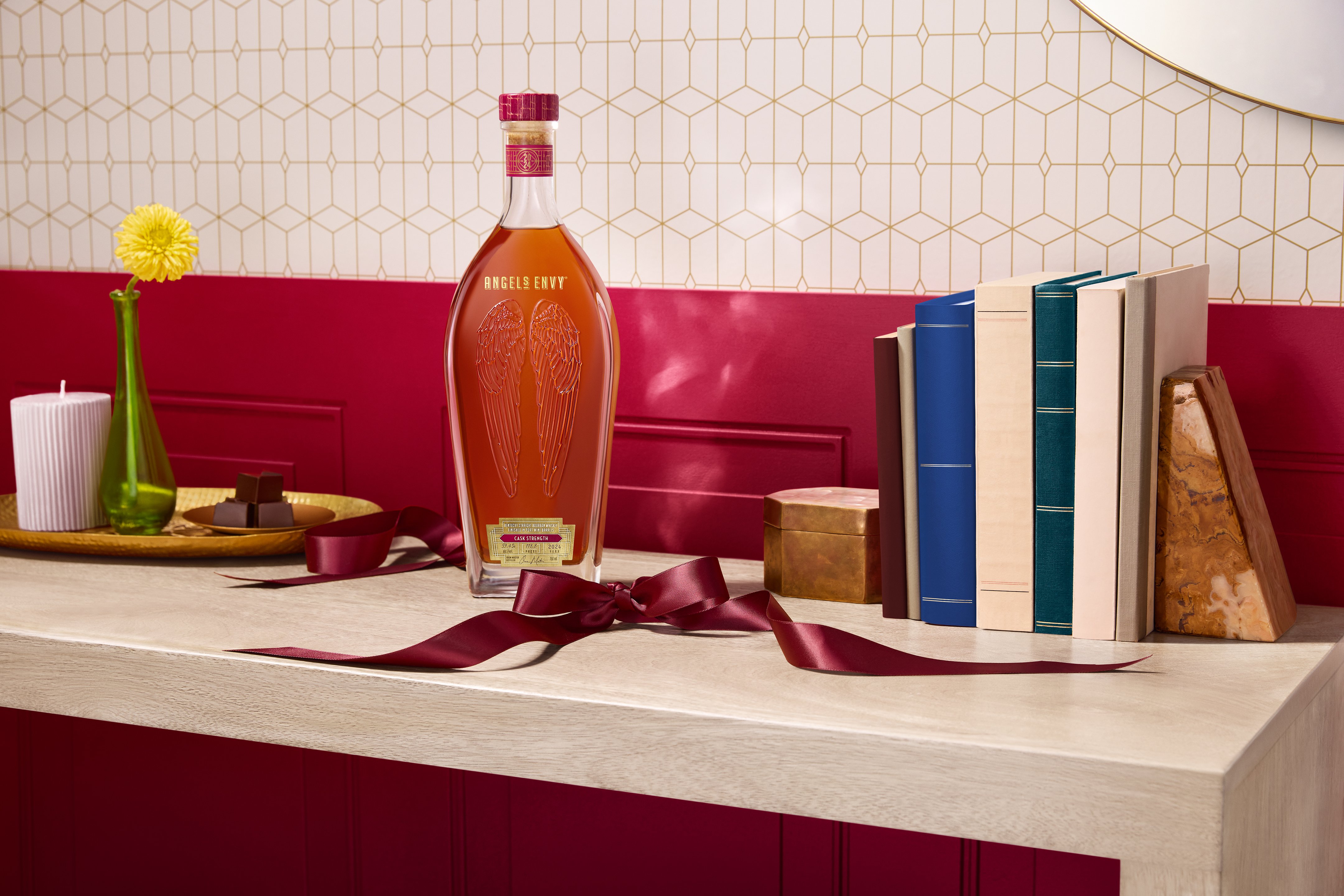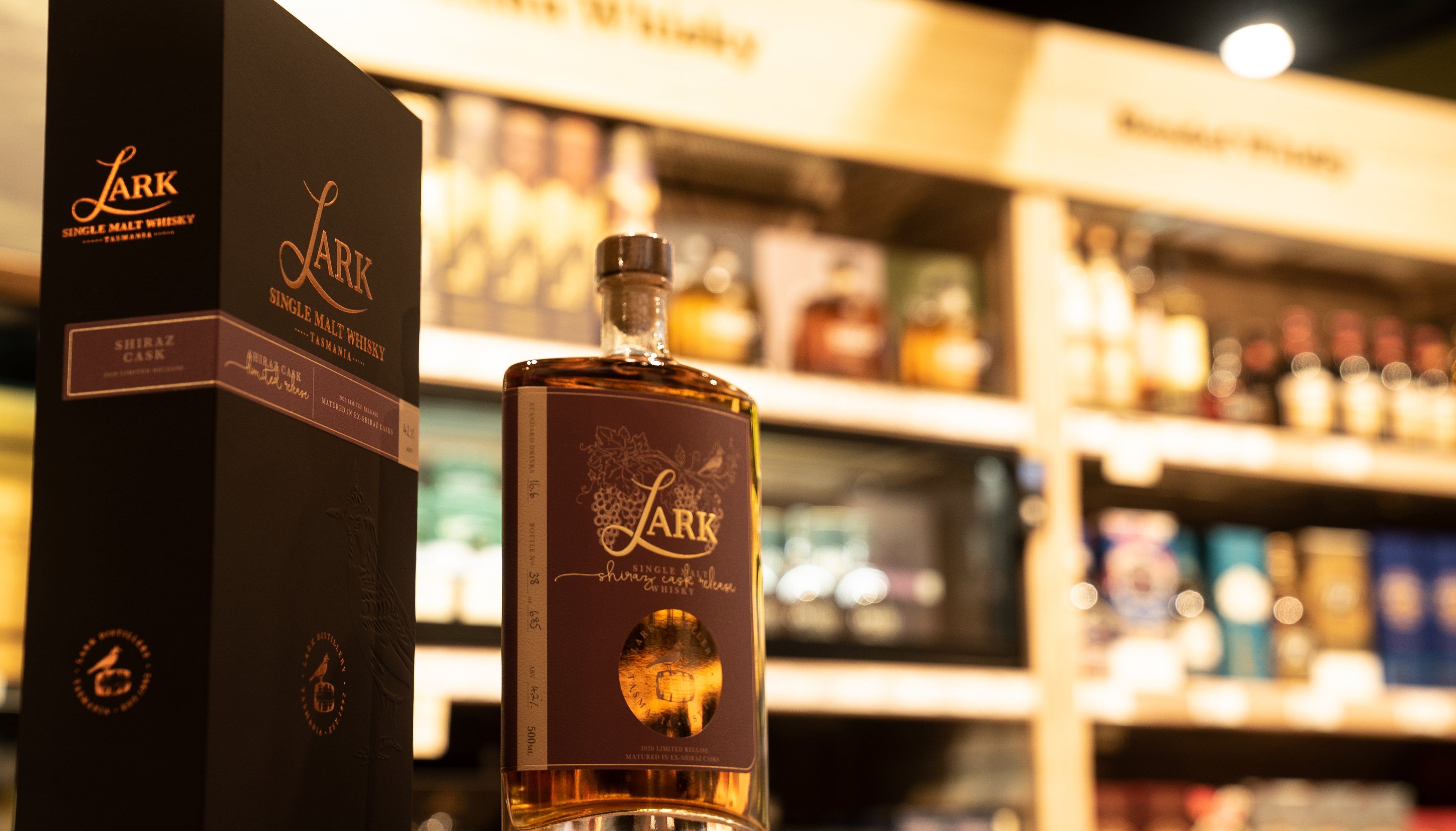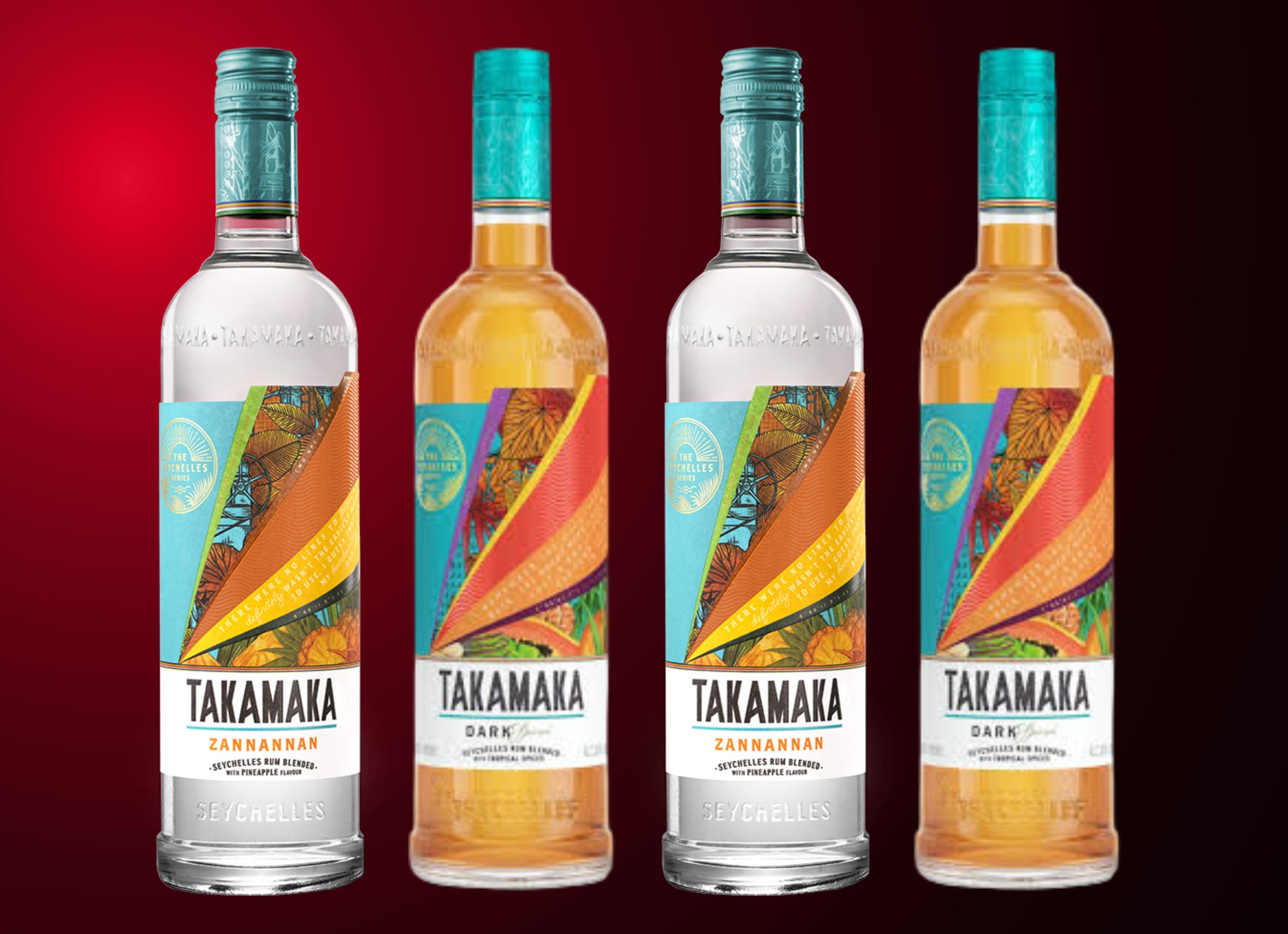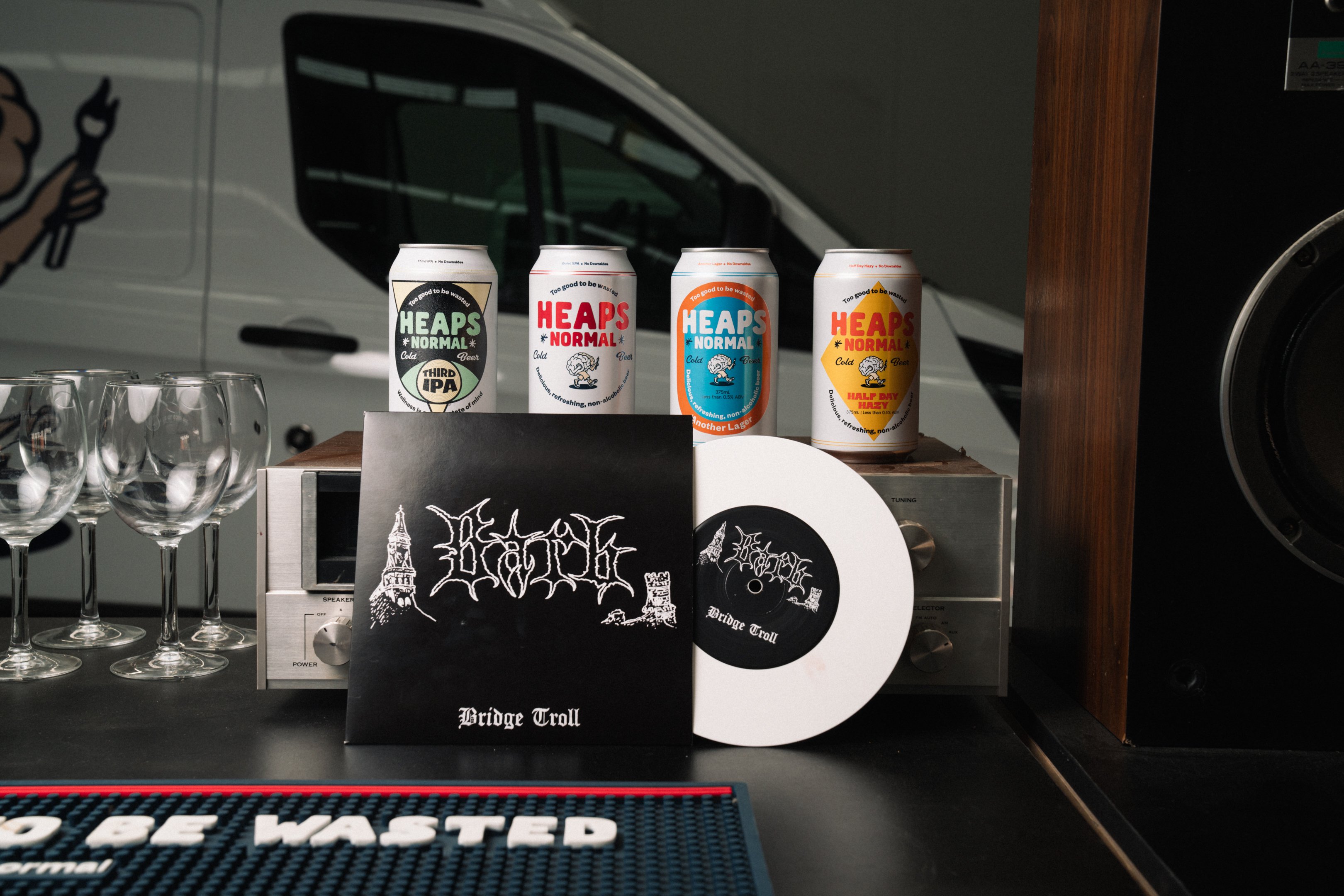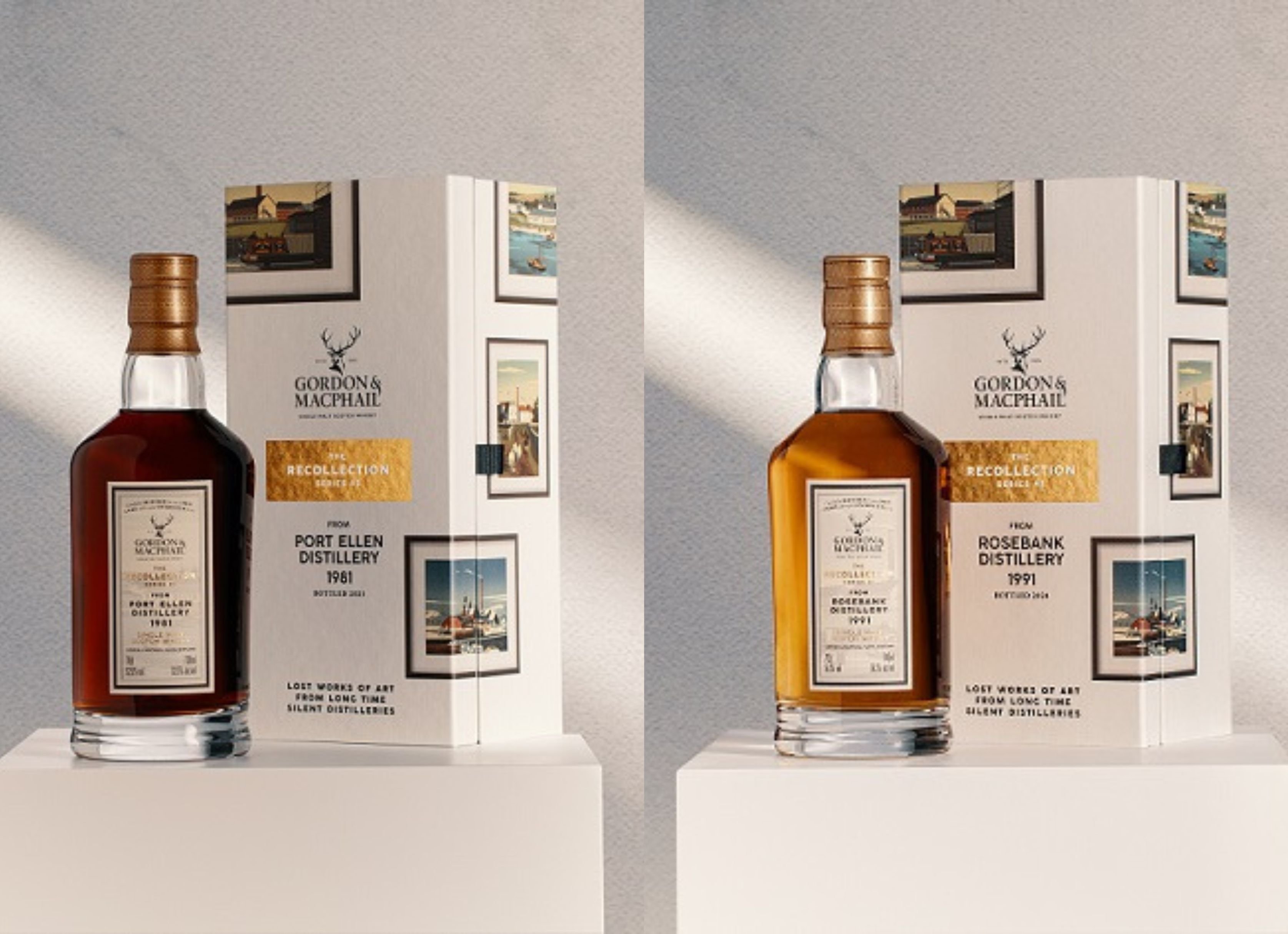Liqueurs, they are stocked in almost every bar and grace cocktail menus year-round, but how often do we, as trade, highlight them in drinks and more importantly, educate customers on how often they’re used and consumed? While they may not be the stars of the show like vodka is to the espresso martini, they are the cast and crew working behind the scenes to make sure it all runs smoothly. drinks bulletin met with key industry leaders to find out why the category is falling behind and what needs to be done to bring them back to the fore. By Mary
Liqueurs tend to be high in sugar and low in alcohol, and while they are not consumed as widely as beer, wine, and spirits, representing a smaller 12.2
Roy Morgan Research also shows that eight per cent of Australian adults, or 1.5 million people, drink at least one liqueur in any given four weeks.
As for which brand, there’s one in particular that trumps all others – Baileys Irish Cream. Roy Morgan Research shows that “In the 12 months to March 2016, 574,000 Australians 18+ enjoyed at least one Baileys – more than three times the number that drank the second-most popular liqueur, Kahlúa (165,000). Jägermeister (123,000) and Midori (121,000) are neck and neck in third and fourth places respectively, with Cointreau (104,000) the nation’s fifth-most popular liqueur.”
Despite these findings, Ben Davidson, renowned industry professional and Drinks Curator at Bespoke Drinks, an on-premise consultancy business, believes the liqueur category is understated in the minds of consumers. This, he says, is because the consumption moment and consumption rituals are not defined or enshrined in Australian culture.
“The liqueur category has slowly been losing relevance with consumers for many years, as the traditional consumption occasion, the ‘after dinner drink’, is not as popular as it was in the 20th century,” Davidson says.
Chris Hysted, Bar Manager of well-known Melbourne cocktail bar, Black Pearl, has also noticed a misconception amongst consumers when it comes to liqueurs. He chalks it up to the fact that not many cocktails feature liqueurs as the base ingredient.
“It’s predominately a modifier,” he says. “So it’s there to season your drinks.” For example, bourbon is the base ingredient of the Kentucky Sour, but it’s Disaronno that gives the cocktail its distinctive marzipan and almond
“Elderflower liqueur is also really popular among consumers,” he says.
If cocktails are the best way to educate consumers about the category, bars and restaurants should target younger segments. According to Roy Morgan Research, both the 18-24 and 25-34-year-old age groups are much likelier than the average Australian adult to drink cocktails in any given four weeks.
Morris says this makes cocktails, “a golden opportunity for many [liqueur] brands, assuming they can anticipate the trends driving this ever-changing market.”
One trend that has gained significant popularity as of late, is low-proof cocktails. It seems not getting buzzed is all the buzz, and liqueurs make for the best ingredient given their low alcohol content and big, bold
“There’s a big space for them there,” says
As for engaging people in the off-premise,
“That’s something that I recommend to my friends or family who
“As consumers’ repertoire of cocktails extends, they can add one bottle at a time,”
Share the content
